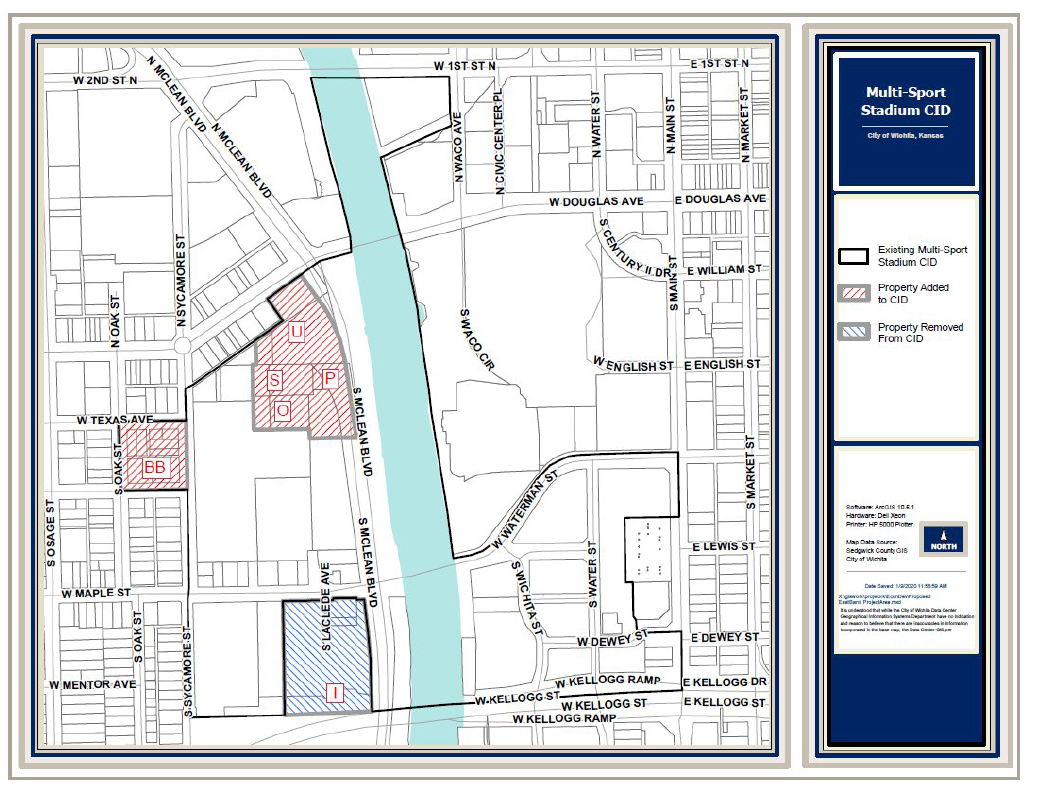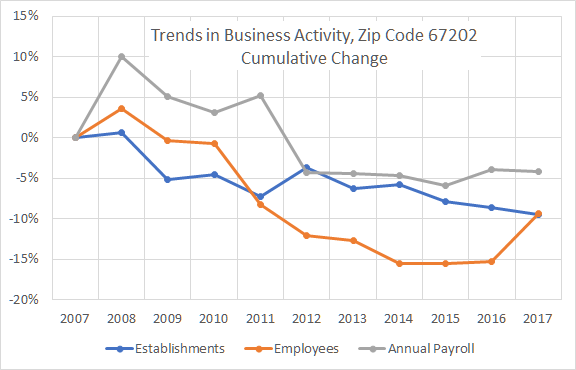A badly outdated portion of Wichita’s website makes me wonder: Does anyone care?
In the Naftzger Park Facebook group that I co-administer, someone recently posted this:
Hi! I’m [not] new to Wichita and a friend told me about a quaint and lovely Victorian style park set in the downtown area. I love little parks like these as they’re such an endearing surprise in the midst of old industrial buildings and warehouses. After seeing the pictures on your website, I can tell my friend understated the beauty of the park. I can’t wait to visit! One problem though, I can’t find the hours of park operation. Could you please tell me what time the park closes as I’d hate for people to think that I’m a bum just because I was visiting after 9:00 p.m.?
In the next paragraph, the author confessed that the post is “pure sarcasm laced with bitterness,” because, as most Wichitans know, the Victorian Naftzger Park has been replaced with something else. While opinions vary as to whether the new park is better than the old, there is one thing of which this author is correct: “Not even a whisper of the change.”
What hasn’t changed is the City of Wichita website, specifically the page devoted to Naftzger Park. 1 As of April 19, 2020, it shows photos of the old park and this description: “A mini-park located in the heart of downtown Wichita containing many beautiful flowers, trees and shrubs, and grass accenting the waterfall that flows into a pond. Park benches and a gazebo add to the park’s Victorian style as well as providing a quiet haven in the downtown area.”

None of this, except for “mini-park located in the heart of downtown Wichita” has been true for a long time. Naftzger Park — the Victorian version — closed in May 2018, nearly two years ago, when construction started on the new version. The new version opened in March 2020.
So the city’s website is nearly two years outdated regarding Naftzger Park, outdated in a very material manner. Does this matter? In the scenario from the start of this article, yes, it matters. For an enthusiast of these parks that might travel to Wichita for that reason: Yes, it matters. For those looking to the city’s website for current and accurate information: Yes, it matters.
It matters for more than just Naftzger Park. Glaring examples like this cast doubt on the reliability of the rest of the city’s website. That’s a shame, because in my experience, the information on the city’s website is usually good. It could be more thorough in some simple but important ways, such as including spending records and legal notices. The city also overlooks simple ways to be innovative, such as posting fulfilled records requests.
Outdated information like this is a symptom of someone not caring. It’s especially troubling in light of this week’s city council meeting, where many council members were effusive in their praise of the city manager during his annual performance evaluation. I imagine that the city manager doesn’t maintain the Park and Recreation section of the city’s website. Maybe the Director of Parks and Recreation doesn’t update the website. But someone does. Someone must be responsible for keeping things current.

When that responsible person doesn’t care, responsibility flows upwards. Hasn’t anyone at the city noticed this badly outdated information? Have any park board members or city council members noticed? Anyone at DowntownWichita.org, the agency that, in its own words, “amplifies the energy, capital, and growth of downtown by empowering residents, visitors, and businesses to explore the possibilities of our city’s core.” Or what about someone at Visit Wichita? (To its credit, its website showcases the new version of Naftzger Park.) Or have they noticed but not cared? Or did they report the outdated page, but no one cared to act?
It’s not the case that someone needs to spend hours creating a page for the new Naftzger Park. Just take the outdated stuff off the site.
—
Notes
- Should the city update this page, here is a link to a recent archived version: https://web.archive.org/web/20200416014239/https://www.wichita.gov/ParkandRec/CityParks/Pages/Naftzger.aspx#. ↩


















